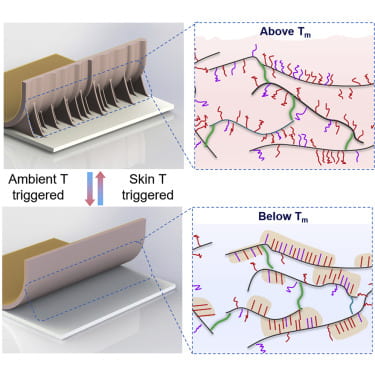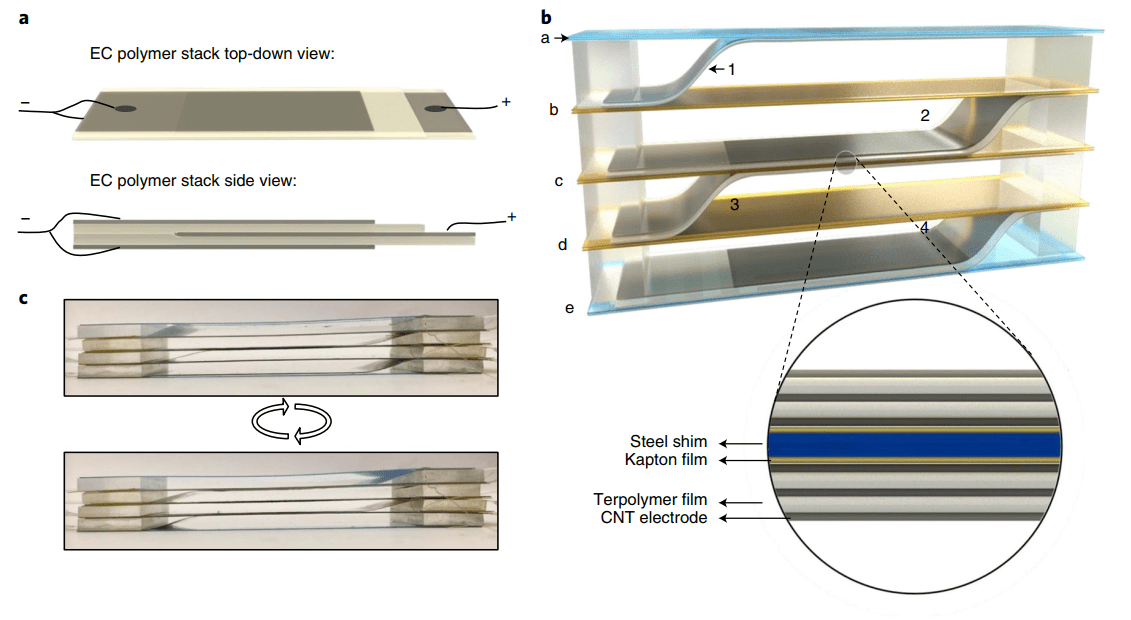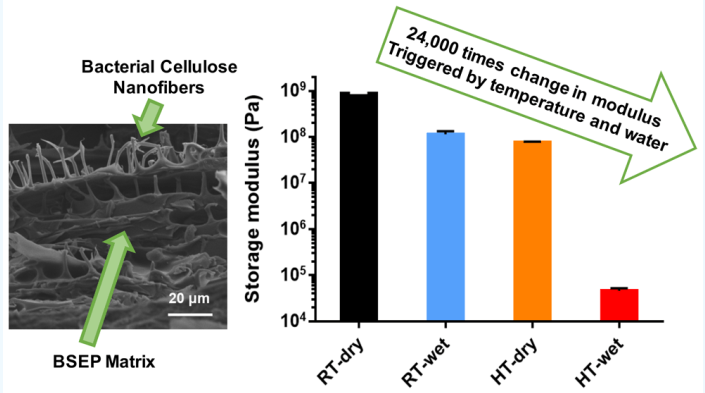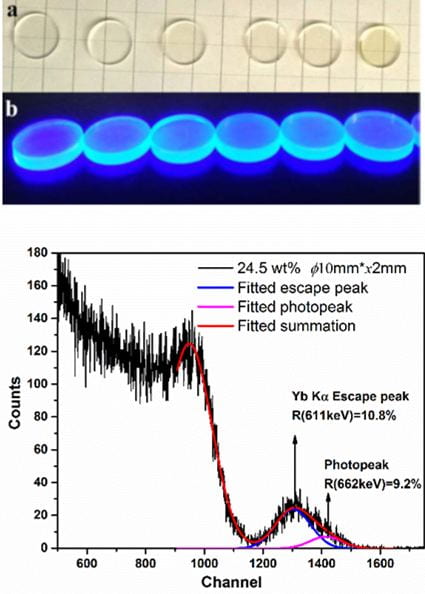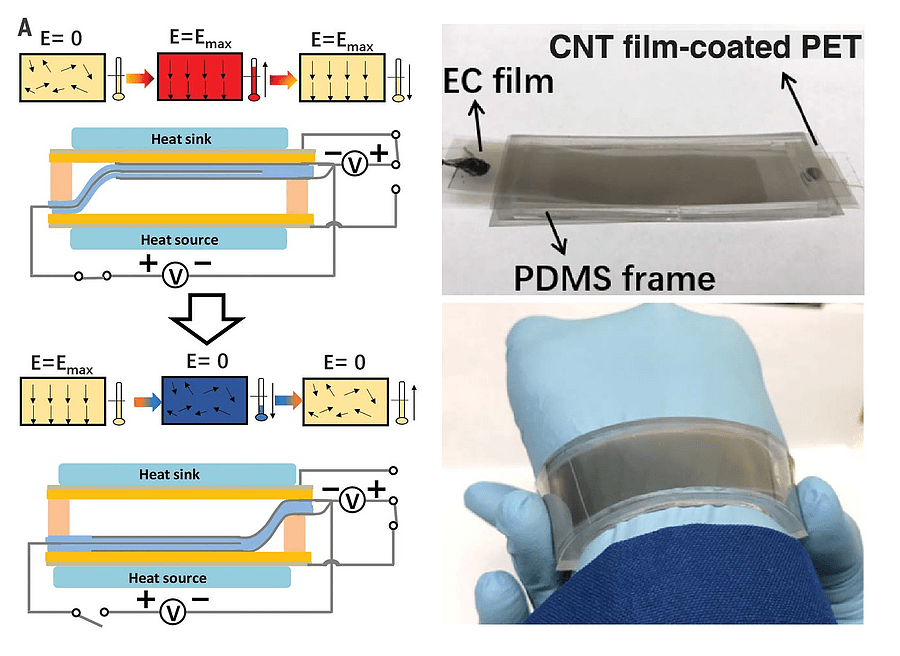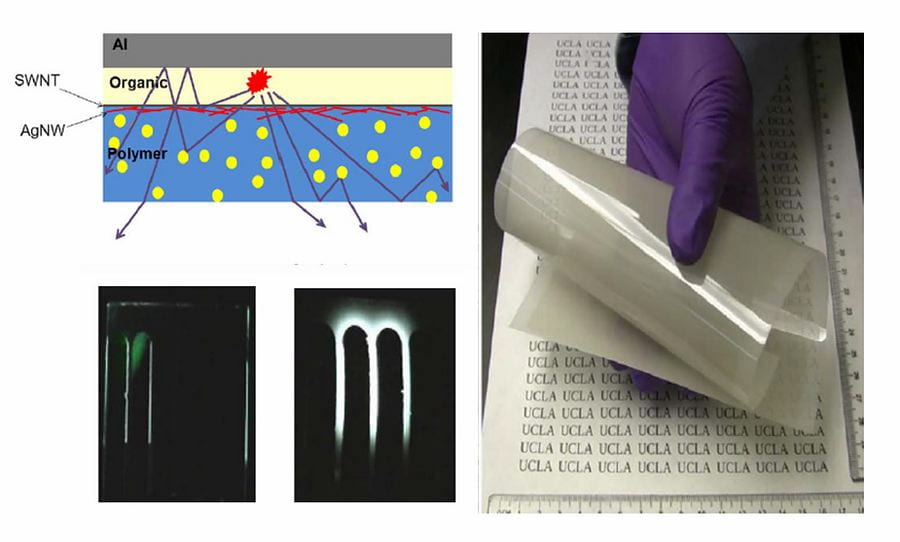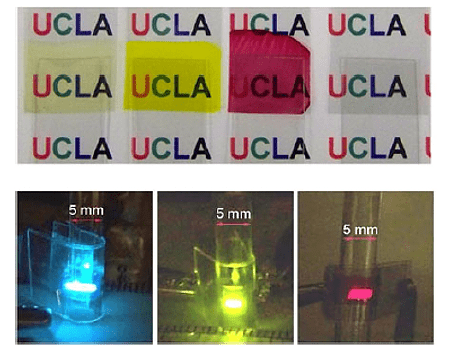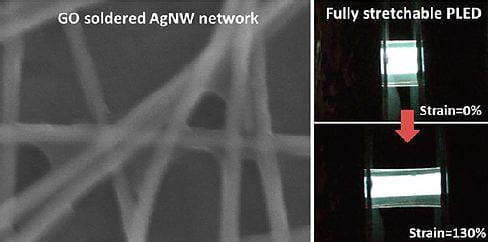Research Interest
A self-regenerative heat pump based on a dual-functional relaxor ferroelectric polymer
Wu, H.*, Zhu, Y.*, Yan, W.*, Zhang, S., Budiman, W., Liu, K., … & Pei, Q. (2024). A self-regenerative heat pump based on a dual-functional relaxor ferroelectric polymer. Science, 386(6721), 546-551.
Free download:
A processable, high-performance dielectric elastomer and multilayering process
Skin temperature-triggered, debonding-on-demand sticker
Gao, M.,* Wu, H.,* Plamthottam, R., Xie, Z., Liu, Y., Hu, J., Wu, S., Wu, L., He, X. and Pei, Q., Skin temperature-triggered, debonding-on-demand sticker for a self powered mechanosensitive communication system. Matter. 4, 1-13 (2021). https://doi.org/10.1016/j.matt.2021.03.003
A cascade electrocaloric cooling device
Meng, Y., Zhang, Z., Wu, H., Wu, R., Wu, J., Wang, H. and Pei, Q., A cascade electrocaloric cooling device for large temperature lift. Nature Energy, 5, 996–1002 (2020). DOI: https://doi.org/10.1038/s41560-020-00715-3.
Dual-Stimuli-Responsive Polymer Composite
Qiu, Y., Askounis, E., Guan, F., Peng, Z., Xiao, W. and Pei, Q., 2020. Dual-Stimuli-Responsive Polymer Composite with Ultrawide Tunable Stiffness Range Triggered by Water and Temperature. ACS Applied Polymer Materials, 2(5), 2008-2015 (2020). https://doi.org/10.1021/acsapm.0c00181
Electrocaloric Cooling Device
Ma, R.*, Zhang, Z.*, Tong, K., Huber, D., Kornbluh, R., Ju, Y. S., & Pei, Q. (2017). Highly efficient electrocaloric cooling with electrostatic actuation. Science, 357(6356), 1130-1134.
AgNW for light extraction
Li, Lu, Jiajie Liang, Shu-Yu Chou, Xiaodan Zhu, Xiaofan Niu, and Qibing Pei. “A Solution Processed Flexible Nanocomposite Electrode with Efficient Light Extraction for Organic Light Emitting Diodes.” Scientific reports 4 (2014).
Artificial Muscles: These are based on dielectric elastomers exhibiting electrically-induced strains as high as 300%. The polymer transducers have such advantages as high energy and power densities, quietness, mechanical compliancy (for shock resistance and impedance matching), high efficiency, lightweight, and low cost. To improve the device performance and reliability, interpenetrating polymer networks are being studied as a new generation of electroelastomers. Fault tolerance is being introduced as a means to prolong operation lifetime. Our projects involve mechanical design, fabrication, and testing of polymer actuators and generators. Bistable electroactive polymer has been introduced for large-strain, rigid-to-rigid actuation. This material is being employed to fabricate Braille electronic readers.
Flexible electronics: We are developing electronic devices that are flexible and stretchable. A key component is stretchable transparent electrodes based on composites of carbon nanotubes and silver nanowires. The composites electrodes have sheet resistance and transmission of visible light comparable to indium tin oxide coated on PET and glass. Polymer light emitting diodes and solar cells fabricated on the composite electrodes perform as well as or better than control devices on ITO/glass. Using the composite electrodes, we have demonstrated polymer LEDs wherein the active area is stretchable.
Nanostructured hybrid materials: Composites of inorganic compounds and conjugated polymers are prepared with controlled nanostructures for photovoltaics or radiation detection. We synthesized CdS nanorod arrays by electrochemical self-assembly, and CdS thin coating by chemical bath deposition. High-Z nanoparticle polymer composites are studied for gamma and X-ray scintillation.
Synthesis of conjugated polymers: The band gap, band edges (electron affinity and ionization potential), optical absorption, photoluminescence color and quantum efficiency, and carrier mobility can be modulated through the conjugated backbone or side chains, structural regularity, molecular weight, purity, and molecular ordering. We can thus tailor conjugated polymers for different applications such as light emitting diodes, solar cells, thin film transistors, and sensors. We fabricate semiconductor devices (LEDs, solar cells) using the selected polymers.
Sponsors

















